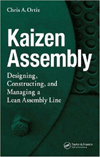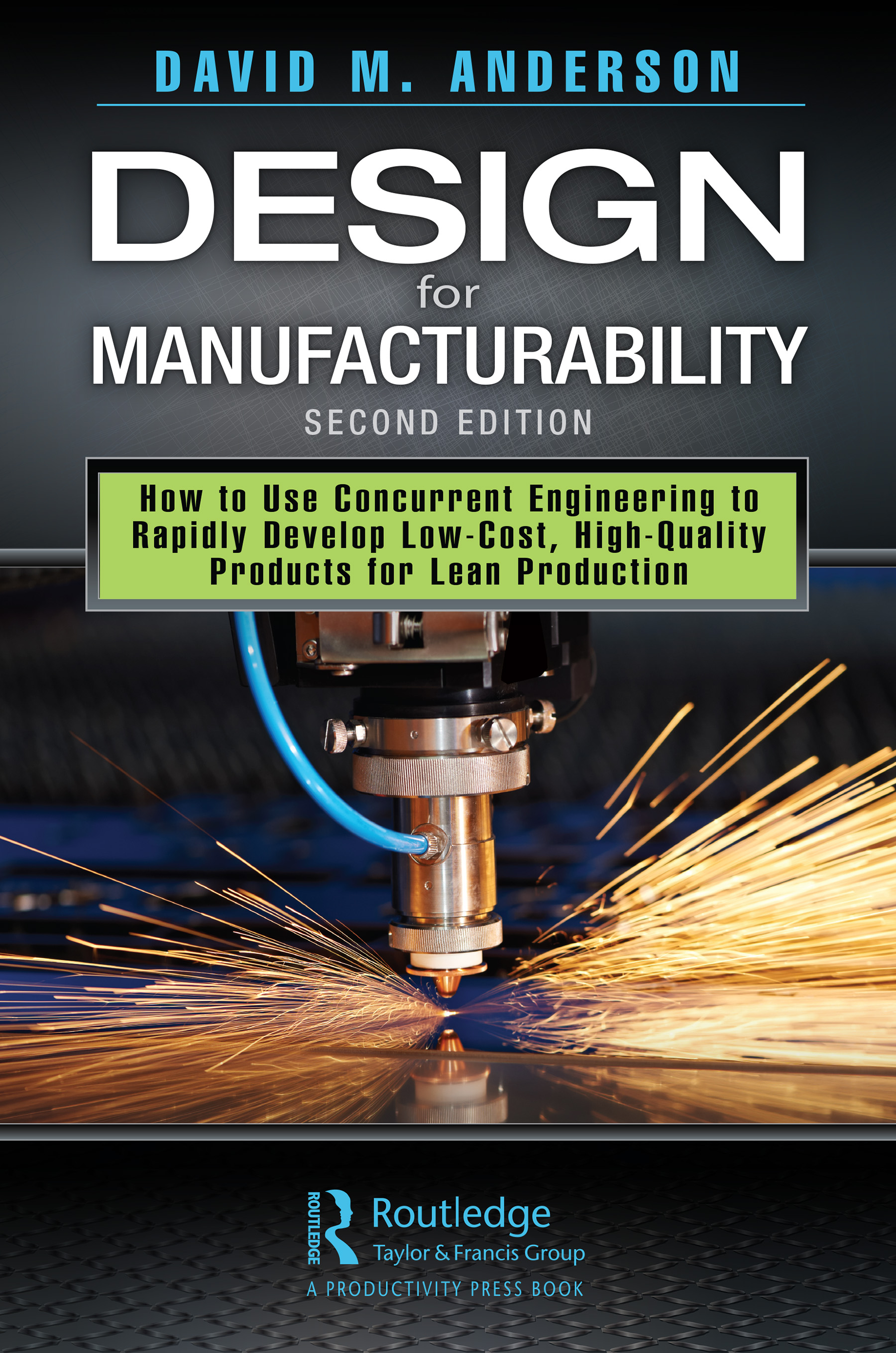For Stable Loads and Speeds Under 1,000 Rpm, Stepper Motors Are Cost-Effective
By some estimates, half of the motion systems requiring less than 1 kilowatt of power can be equally served by either step motors or servomotors. In applications with stable loads and speeds under 1,000 rpm, engineers can save the cost of feedback devices by choosing steppers over servos.
There are three main types of step motor: permanent magnet, variable reluctance and hybrid. For industrial motion control applications, hybrid steppers are used more often than the other two.
In a permanent magnet stepper, the rotor shaft is surrounded by a magnet with radially opposing poles. It has no teeth. The stator is a series of poles with wound wire coils. Energizing a coil creates an electromagnetic field that attracts the rotor's poles. The rotor snaps to the energized position and stays there. Energizing the coils in sequence causes the rotor to spin as it follows the moving electromagnetic field. Because of the magnet, the rotor will resist movement even when the motor is not energized.
"Permanent magnet step motors are used in low-cost, low-power applications," says Rich Lenzing, senior product manager with Danaher Motion (Rockford, IL). "The bill feeder inside vending machines is driven by a permanent magnet step motor."
Variable reluctance step motors are like permanent magnet steppers, except that the rotor does not have magnets. Instead, the rotor is made of solid iron or steel laminations with multiple teeth projecting outward. Without power, the rotor spins freely. These motors are used in applications that do not require much torque, such as micropositioning tables.
Hybrid steppers combine the characteristics of permanent magnet and variable reluctance motors. In a hybrid stepper, the rotor shaft is surrounded by a magnet with axially opposing poles. The magnet is complemented by iron or steel laminations with multiple teeth. The rotor is configured so the teeth on either end of the magnet do not line up with the stator teeth.
The resolution of a hybrid stepper depends on the number of teeth in its rotor. A rotor with 50 teeth provides 200 steps per revolution, or 1.8 degrees per step. A rotor with 200 teeth provides 800 steps per revolution, or 0.45 degree per step.
"If you pair a motor that moves 200 steps per revolution with a leadscrew that turns 5 revolutions per inch, you can position a load in increments of 0.001 inch," says Lenzing.
Even finer resolution can be obtained through the motor controller with a process called microstepping. "Instead of putting full voltage on one winding, and then putting full voltage on the next winding, you could put half the voltage on one winding and half on the other. That would produce a half step," explains Lenzing. "If you put 80 percent voltage on one coil and 20 percent in the next, the rotor would move 20 percent of a full step."
Besides increasing the resolution of the motor, microstepping enables the motor to run more smoothly with less noise. It also helps prevent problems with motor resonance.
Every step motor has a resonant frequency, which varies with the application and the load. When the step rate equals the motor's resonant frequency, the motor may vibrate or even miss steps.
Key specifications for hybrid step motors include step angle, positional accuracy, rotor inertia, holding torque, detent torque, dynamic torque, phase voltage, phase current, DC phase resistance, phase inductance, operating temperatures and frame size.
Looking for a reprint of this article?
From high-res PDFs to custom plaques, order your copy today!









